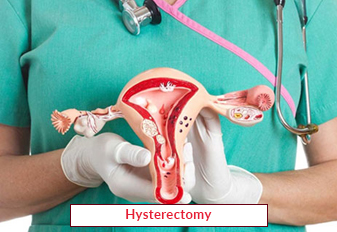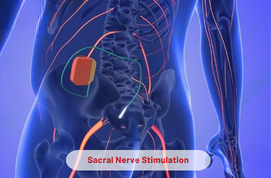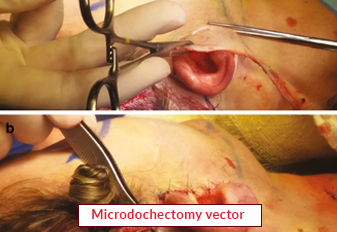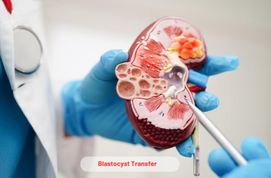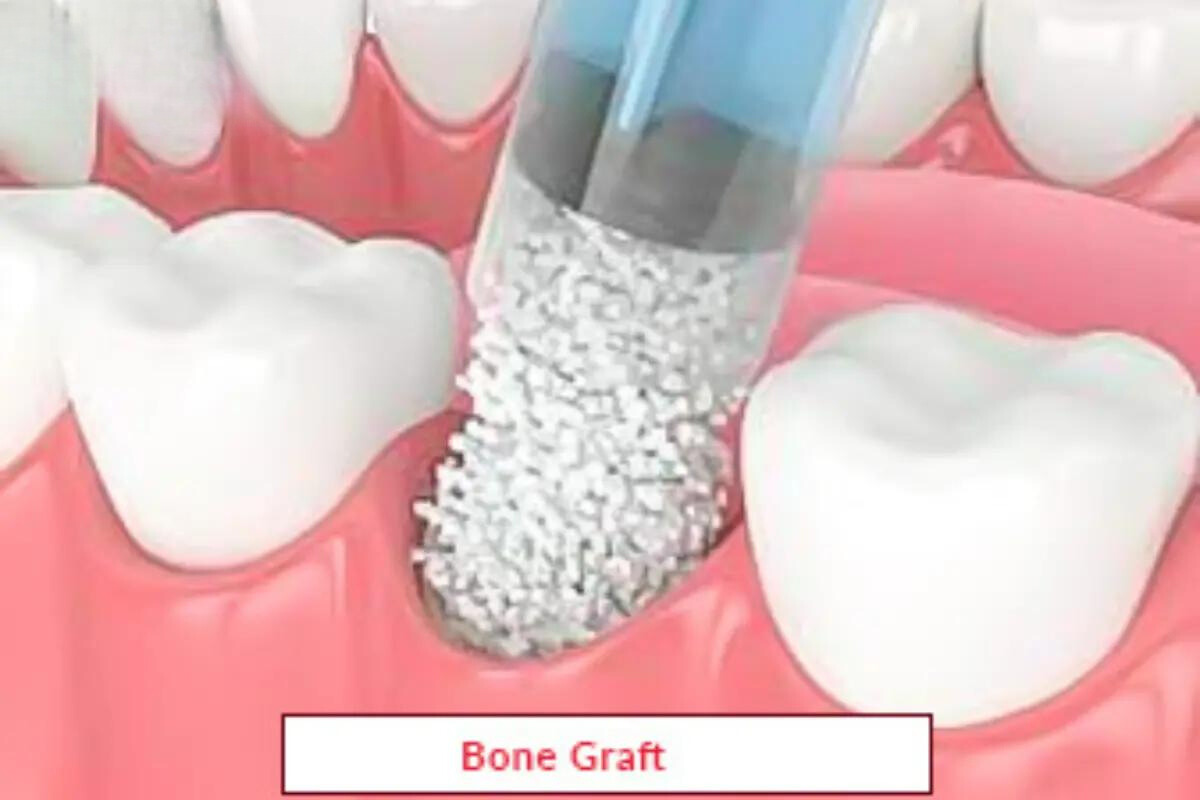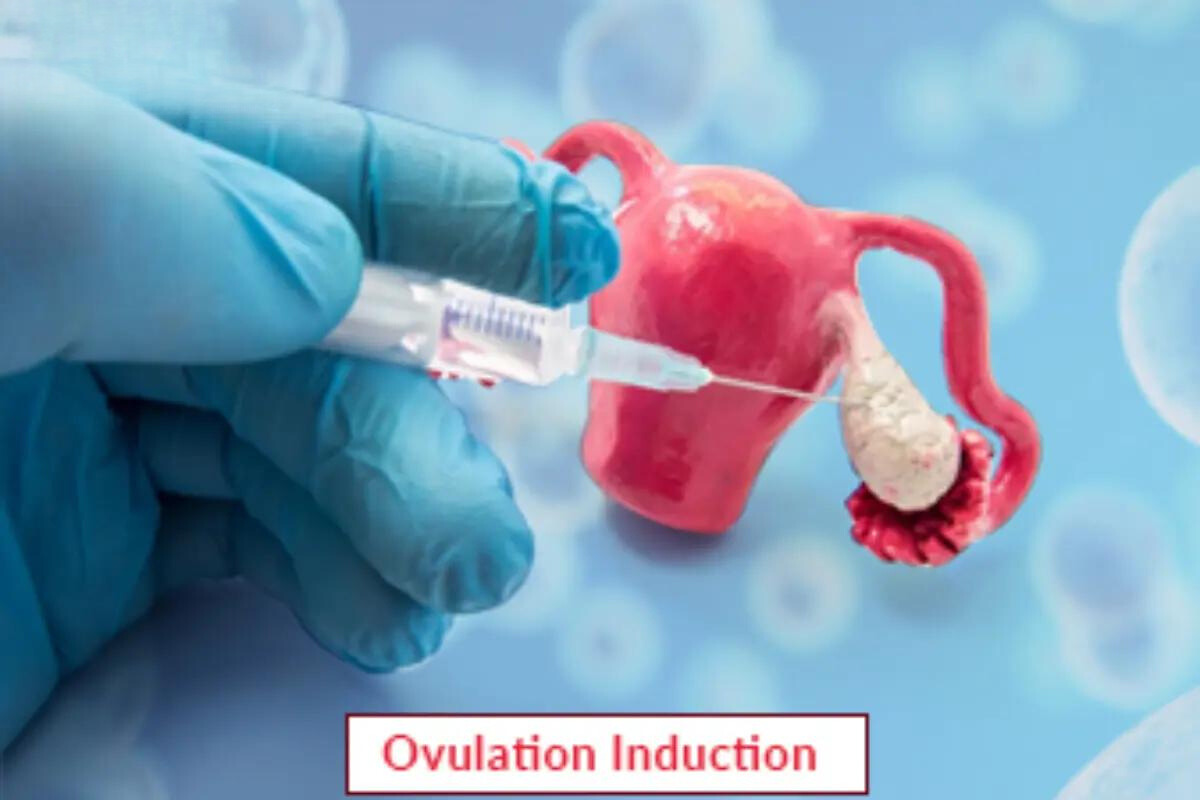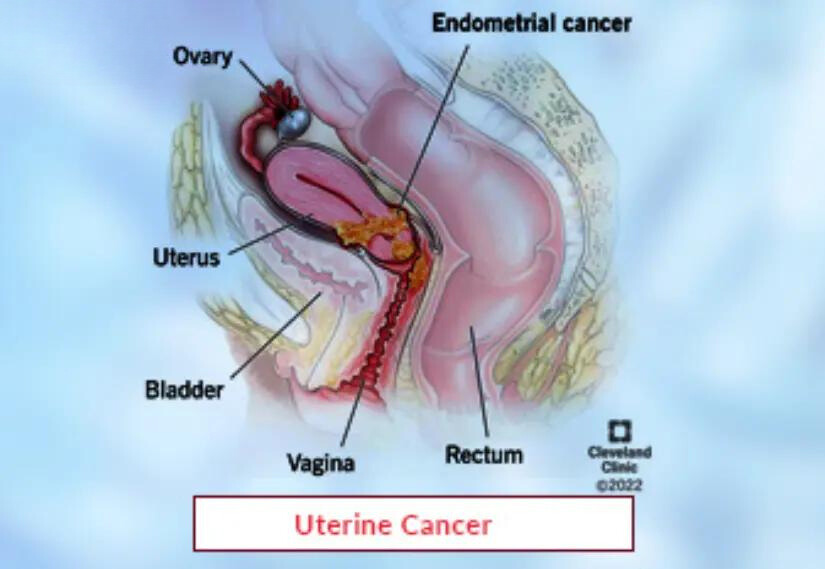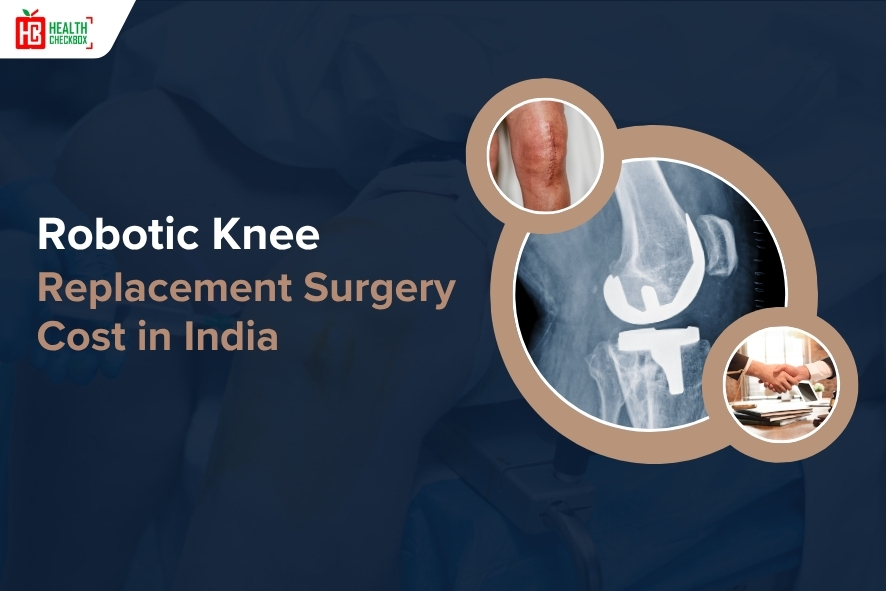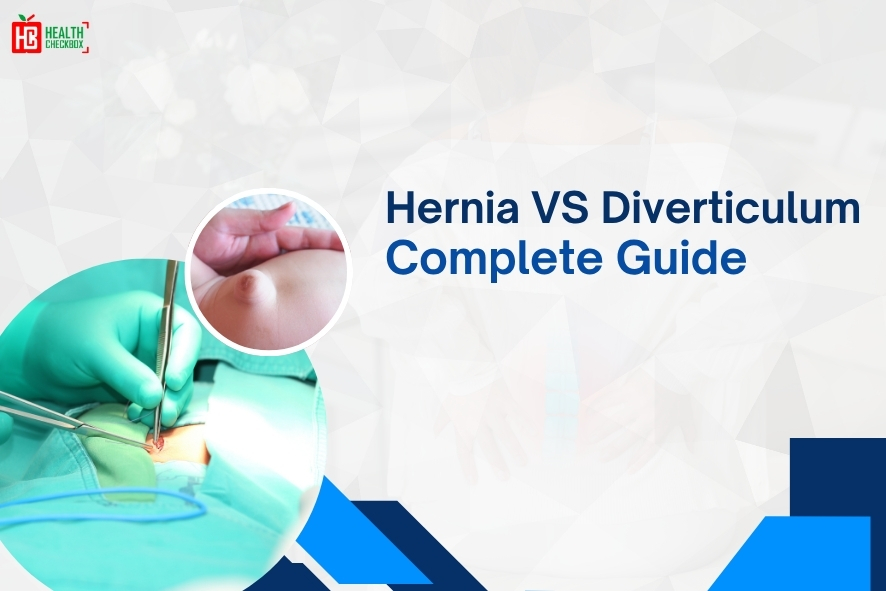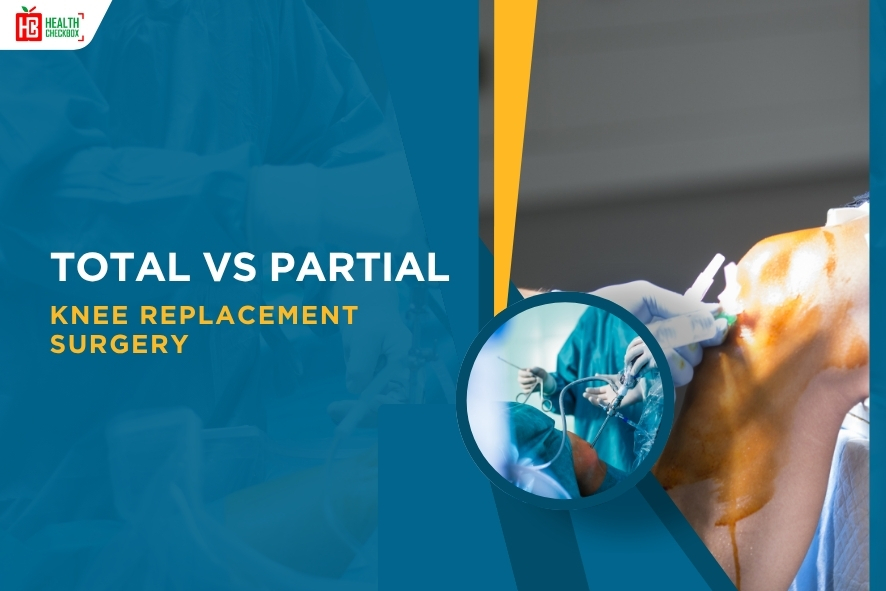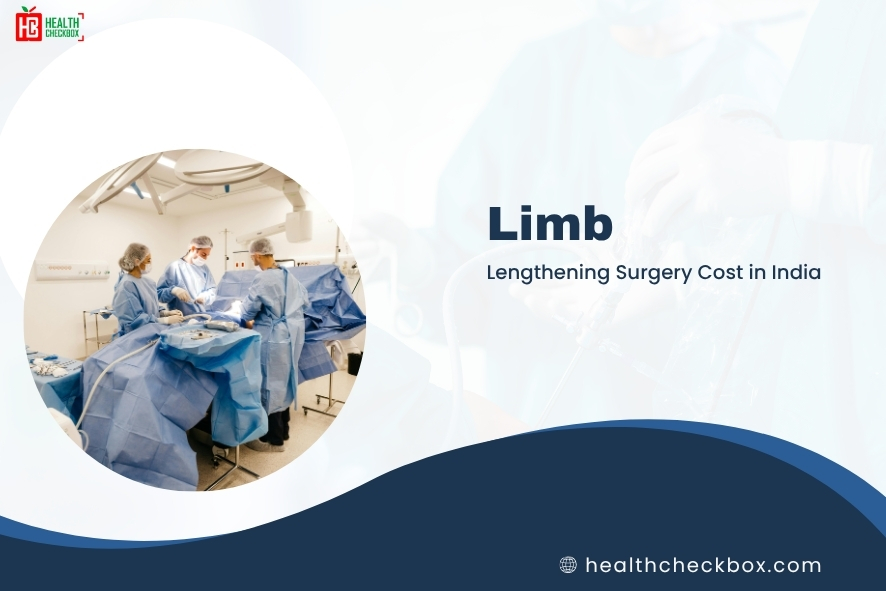A hysterectomy is a common surgical procedure. It is performed to remove the uterus from the woman’s body which may cause certain health problems. The purpose of removing it to treat specific health conditions. It is commonly recommended for conditions like endometriosis, fibroids, uterine cancer and heavy or painful periods. The ovaries and fallopian tubes may also be removed in certain situations. Your doctor will recommend the type of hysterectomy that best suits your needs out of the various available options. Either the vagina the abdomen or a less invasive technique like laparoscopy surgery treatment can be used for the procedure.
After the procedure the majority of women report feeling significantly better and experiencing less persistent discomfort. At reasonable costs our skilled gynecologists in India provide individualized treatment and safe surgical alternatives. If pelvic pain or other symptoms are bothering you at any point we are here to help. Get a consultation now to learn more about how a hysterectomy can improve your health and well-being.
Types of Hysterectomy
There are various types of hysterectomy treatment procedures, however these depends on your medical condition and health requirement:
1.Total Hysterectomy
- This type of hysterectomy involves removal of the entire uterus and cervix parts.
- It is the most common type of hysterectomy in the gynaecological field.
2. Partial (or Subtotal) Hysterectomy
- Here doctors only eliminate the uterus, leaving the cervix area in its place.
- The treatment could be recommended for non-cancerous patients.
3. Radical Hysterectomy
- Radical hysterectomy involves removing the uterus, cervix and upper part of the vagina, and nearby tissues.
- It is usually performed to treat cancer conditions in women.
4. Hysterectomy with Oophorectomy
- Here the uterus is eliminated along with one or both ovaries and fallopian tubes in a woman’s body.
- It is performed to decrease the chances of spreading ovarian cancer.
5. Abdominal Hysterectomy
- This surgery takes place through a cut in the lower belly of a woman.
- One of the reasons for recommending it is to lower the risk of cancer.
6. Vaginal Hysterectomy
- Vaginal hysterectomy involves eliminating the uterus along with vagina.
- The procedure leaves no scar and promises quicker recovery to the females.
7. Laparoscopic Hysterectomy
- Laparoscopic hysterectomy is performed with the use of a tiny camera and involves small incisions which ensure minimal scars.
- The treatment offers faster healing and minimal experience of pain.
Causes of Hysterectomy
There are the following reasons which contribute in occurring hysterectomy:
- Uterine Fibroids
- Endometriosis
- Uterine Prolapse
- Chronic Pelvic Pain
- Abnormal Uterine Bleeding
- Gynecologic Cancer
- Adenomyosis
Symptoms Indicating the Need for Hysterectomy
Symptoms of hysterectomy may vary depending on the underlying condition of the patient however these often include:
- Persistent pelvic pain
- Heavy, prolonged, or irregular menstrual bleeding
- Experiencing Pain during intercourse
- Difficulty while urination
- Chronic lower back pain
- No response to medical treatments
- Symptoms of gynecologic cancer, such as postmenopausal bleeding
Diagnosis Before Hysterectomy
Doctors perform various diagnoses to identify the root cause of the problem. It is essential to determine if hysterectomy is the right treatment. Following are some examples of a few diagnosis:
Pelvic Examination: It is performed to check if the uterine is enlarged, masses, or prolapsed.
Ultrasound or MRI Scan: This is recommended to see the growth of fibroids, ovarian cysts, endometrial thickening, or tumors in the patient’s body.
Pap Smear: It usually identifies the growth of cervical cancer cell changes.
Endometrial Biopsy: These samples are collected to deeply evaluate uterine lining to identify the growth of abnormal cells.
Hysteroscopy: This is the non surgical diagnostic test performed with the help of a camera to look inside the uterus for identifying the growth of polyps or abnormal growths.
Blood Tests: Various blood tests recommended to know the Hormone levels, infection risk, and cancer indicators in the patient’s body.
Hysterectomy Treatment
India is a leading destination for affordable and advanced hysterectomy procedures. Several medical tourists come here each year to seek affordable treatments according to their health conditions. Hysterectomy is one of the treatments. It is a surgical procedure which is performed by highly skilled gynecologists in both private and government hospitals.
Personalized Treatment Plans
- The treatment is planned based on patient age, reproductive goals, health conditions, and diagnosis.
Minimally Invasive Options
- Laparoscopic and robotic-assisted surgeries options are also available with minimal incisions and downtime.
Post-Surgery Care
- It includes pain management, hormone therapy and remote follow-ups.
Hospital Stay
- Usually 1–2 days for vaginal/laparoscopic, 3–5 days for abdominal hysterectomy.
Recovery Time
- 2 to 4 weeks for minimally invasive procedures.
- Up to 6–8 weeks for abdominal hysterectomy.
Cost of Hysterectomy in India
- The procedure cost ranges between ₹40,000 to ₹1,50,000 depending on the hospital, city, and type of surgery.
- Packages often include surgery, hospital stay, medications, and follow-up care.
- Insurance and Government Schemes are also there for the patients.
- Many private and government insurance plans in India cover hysterectomy.
- Women from economically weaker sections may benefit from government health programs.
Our Other Services
Latest Health Tips
Oral Chemotherapy Vs IV Chemotherapy
Asthma vs Bronchitis
Cochlear Implant vs Hearing Aid
Heart Transplant vs Kidney Transplant
Robotic Knee Replacement Surgery Cost in India
Hernia VS Diverticulum: Complete Guide
Total vs Partial Knee Replacement Surgery
Limb Lengthening Surgery Cost in India: Cost Comparison
Submit Your Enquiry
Testimonials








